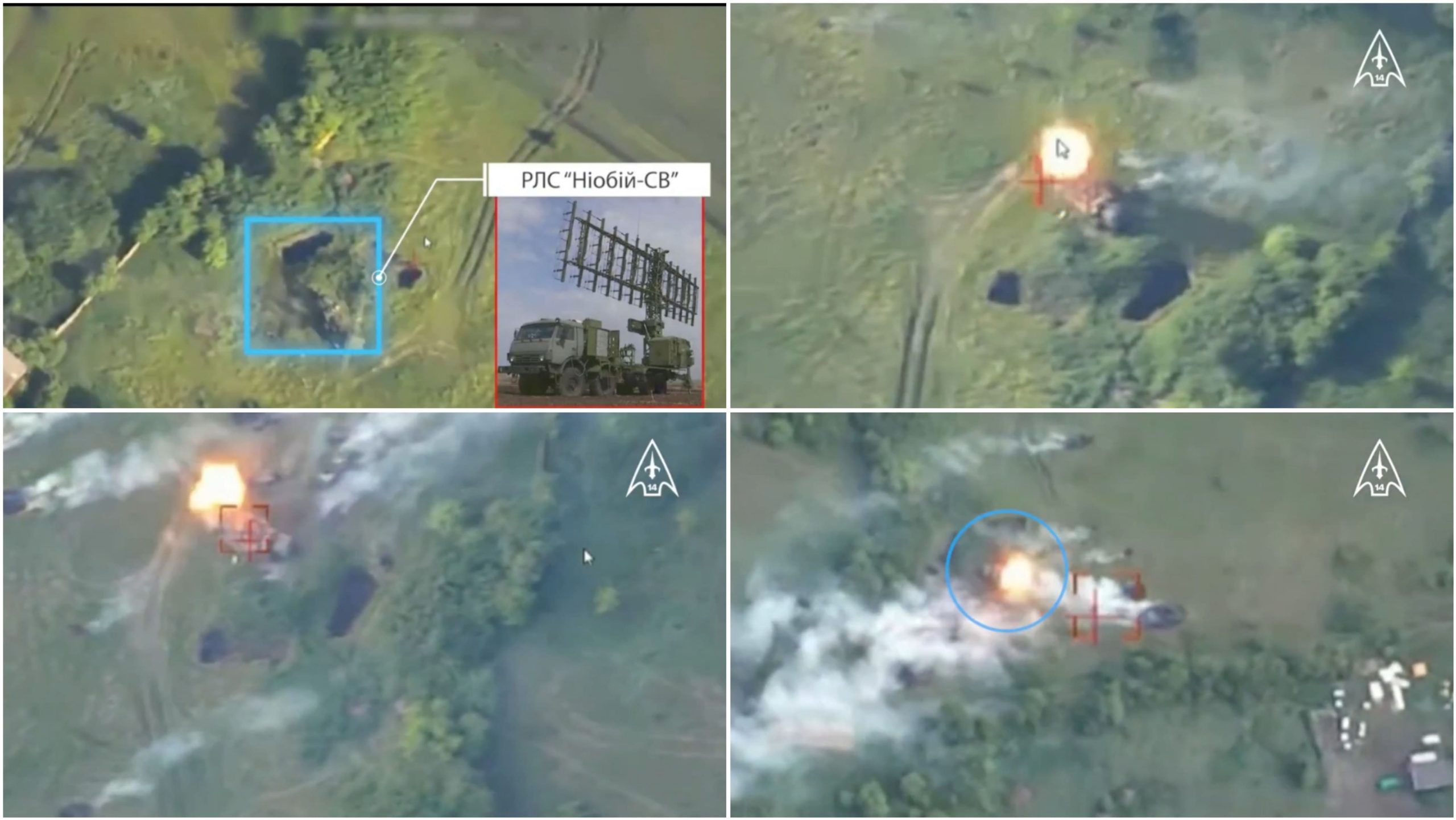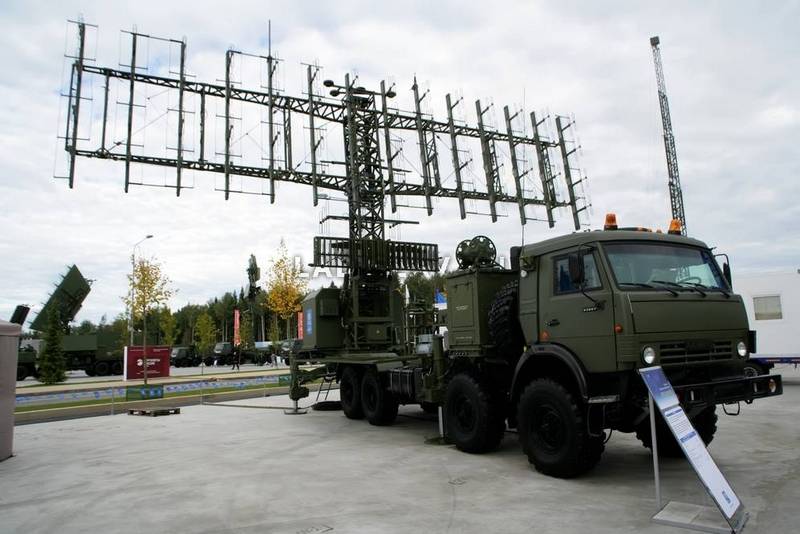14th Unmanned Aerial Vehicle Regiment Strikes Russian Niobium-SV Radar: Official Video Released
11 March, 2025 Niobium-SV radar before being destroyed in the Kharkiv region. Summer 2024. Frame from the video of the 14th Unmanned Aerial Vehicle Regiment.
Last summer, operators from the 14th Unmanned Aerial Vehicle Regiment successfully targeted an advanced Russian Niobium-SV radar. The official video of the operation has now been released. Ukrainian defenders deployed advanced experimental strike drones to disable the enemy's radar.
In early summer 2024, a Russian radar was detected and destroyed in the Kharkiv sector. During this time, Russian forces had been attempting to advance on Kharkiv for over a month, deploying their most elite assault units, aviation, and cutting-edge electronic warfare systems, as stated by the 14th Unmanned Aerial Vehicle Regiment. One of the advanced systems was the Niobium-SV radar, designed to monitor the air situation. "The radar, which on paper is capable of simultaneously detecting and identifying up to 300 air targets, proved to be powerless against the experimental strike drones of the 14th Unmanned Aerial Vehicle Regiment," the statement reads.
The published footage shows at least three strike drones hitting an enemy radar. This strike likely damaged the antenna.
 Damage to the Niobium-SV radar in the Kharkiv region. Summer 2024.
Damage to the Niobium-SV radar in the Kharkiv region. Summer 2024.
Footage from the video of the 14th Unmanned Aerial Vehicle Regiment
This marks the first official confirmation of a drone strike on the Russian Niobium-SV radar amid the ongoing war between Ukrainian forces and the invaders.
Niobium-SV radar
The 1L125 Niobium-SV is a mobile, three-coordinate radar system operating in the meter range, specifically designed for the air defense of the Russian Army. It was officially inducted into service in 2016.
 Russian Niobium-SV radar. Photo from open sources
Russian Niobium-SV radar. Photo from open sources
The radar is designed to detect, track, and identify air objects of all types -- aircraft, helicopters, cruise and ballistic missiles, and drones.
The radar is said to operate at ranges between 5 and 500 kilometers, with the ability to detect airborne targets at altitudes of up to 65 kilometers.
The station's antenna is mounted on a robust four-axle KamAZ truck chassis, and its crew consists of three people.
Capable of tracking the movement of up to 300 targets simultaneously, the radar offers impressive operational capacity.